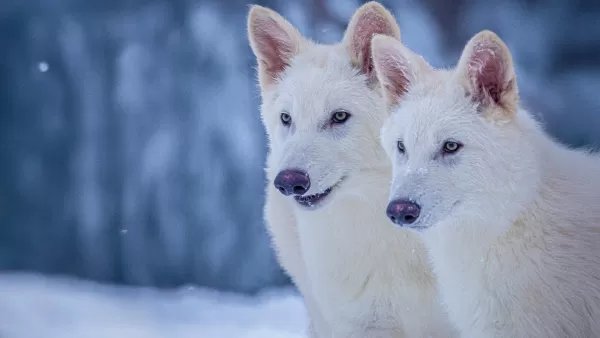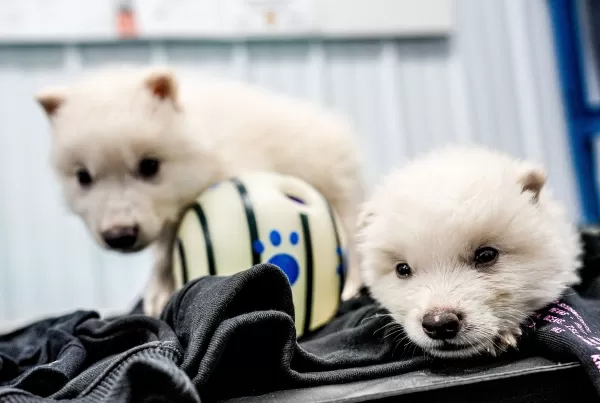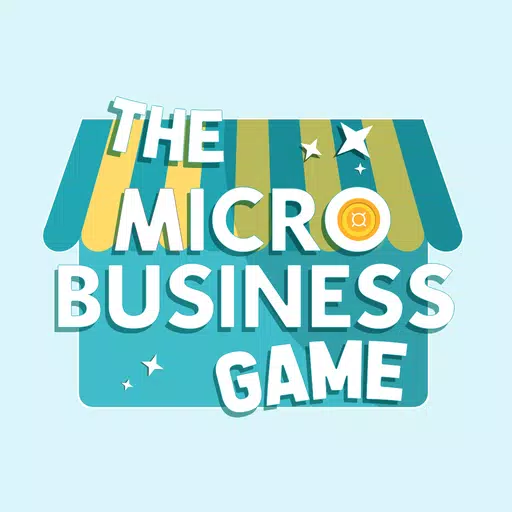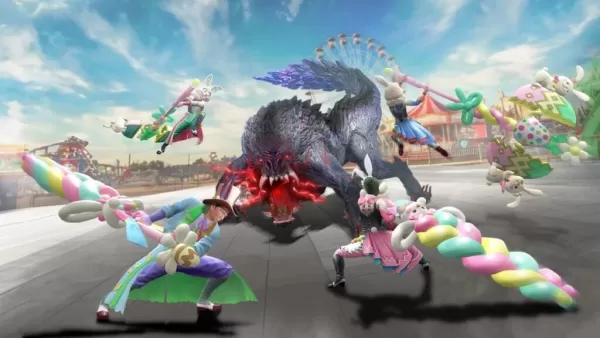Dire Wolves Brought Back to Life With Science
Bringing a super-sized canine back from extinction after 12,500 years might sound like the plot of a blockbuster movie filled with special effects, gnawed flesh, and fake intestines. However, it's a reality that the world now faces, with three dire wolves residing in a secret location in the US. The mastermind behind this extraordinary feat of genetic engineering is the biotech company Colossal Biosciences. Using DNA from the common gray wolf, advanced gene-editing techniques, and domestic dog surrogates, they successfully brought to life Romulus, Remus, and their younger sister, Khaleesi. These majestic creatures, huge, white, and awe-inspiring, are the embodiment of any Game of Thrones fan's wildest dreams.

Ben Lamm, CEO of Colossal Biosciences, expressed immense pride in his team's achievement, stating, "This massive milestone is the first of many coming examples demonstrating that our end-to-end de-extinction technology stack works." The process involved extracting DNA from a 13,000-year-old tooth and a 72,000-year-old skull, resulting in the birth of healthy dire wolf puppies. Lamm highlighted the magical aspect of their advanced technology, saying, "It was once said, ‘any sufficiently advanced technology is indistinguishable from magic.’ Today, our team gets to unveil some of the magic they are working on and its broader impact on conservation."

Colossal Biosciences is no stranger to making headlines. Previously, they engineered a Colossal Woolly Mouse, a mouse with a phenotype resembling that of a mammoth, using computational analysis of 59 woolly, Columbian, and steppe mammoth genomes spanning from 3,500 to over 1,200,000 years old. Critics argue that the dire wolves are essentially normal wolves in fancy dress, questioning the authenticity of the genetic makeup due to the limited availability of dire wolf DNA. Despite this, the company's motives extend beyond creating social media sensations and owning impressive pets. Their goal is to leverage their findings to aid in the preservation of current species for future generations.
Dr. Christopher Mason, a scientific advisor and member of the board of observers for Colossal, emphasized the transformative nature of their work, stating, "The de-extinction of the dire wolf and an end-to-end system for de-extinction is transformative and heralds an entirely new era of human stewardship of life." He further explained that the same technologies used to create the dire wolves could help save other endangered species, showcasing the potential of biotechnology in conservation and preservation efforts.
Colossal Biosciences has collaborated with the American Humane Society and the USDA to ensure the welfare of these dire wolves, who reside on a 2,000+ acre preserve. With a dedicated team of staff attending to their needs, these genetically engineered marvels are set to play a significant role in the future of conservation.
-
Red Bull is elevating its passion for extreme sports with Red Bull Playgrounds, a dynamic title that combines BMX, skateboarding, and parkour into one imaginative experience. Now available globally, it delivers non-stop urban athletic action—no helmeAuthor : Aaron Dec 20,2025
-
The second anniversary update for Snowbreak: Containment Zone is here, packed with giveaways, new characters, and fresh game modes! Discover what this major milestone brings to the game.Snowbreak Concord Ode Update Delivers Special Codes, Free 5-StarAuthor : Elijah Dec 20,2025
- Spring Valley Farm Game: January 2025 Redeem Codes
- WWE Superstars Join Call of Duty Warzone: Mobile Roster
- Midnight Girl is a minimalist point-and-click adventure set in Paris in the 60s, now open for pre-orders on mobile
- Mobile Legends: Bang Bang – Best Lukas Build
- "Grand Outlaws Unleashes Chaos and Crime on Android Soft Launch"
- Video Game Song Surpasses 100 Million Streams on Spotify






















